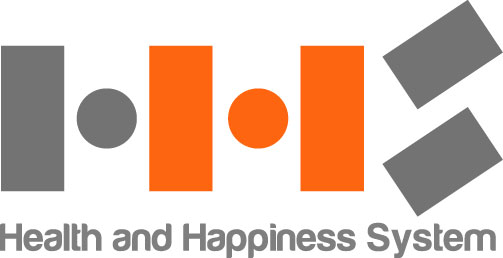
Cognitive neuroscience is a field that studies all mental functions related to neural processes, and is a field that seeks to understand the relationship between the brain and the mind by considering various conceptual views. Cognitive neuroscientists seek to understand human cognitive functions based on the idea that human information processing processes will be similar to computer information processing processes (Banich, 2008). Cognitive neuroscientists usually dominate mental and physical dualistic thoughts on mental and physical problems to reveal the structure and function of the nervous system operating in connection with the cognitive process by studying what neurobiological reactions occur in certain areas of the brain when given. Mental and physical dualism is the idea that the body is dominated by physical and neurological laws, but the mind is dominated by psychological laws.
From the Greek period to the Middle Ages, the mind was mainly thought to be located in the heart, and it was not until the 17th century that the view that the mind would be located in the brain was formed. In particular, René Descartes saw that the brain is an important place in charge of the function of the mind, and that the mind and body interact through a small part called the pineal land of the brain.With the development of computers, mechanical interfaces represented by keyboards and mice have remained unchanged. Recently, however, voice recognition has served as a convenient and intelligent bridge in communication between people and information devices, and human-friendly next-generation interface technology that manipulates information devices by utilizing facial expressions or motion recognition or combining brain waves, biometric information. Sooner or later, the imagination that the TV operates at will come true using brain waves without words or gestures.HCI technology, so-called human-centered interfaces or human interfaces that make the interface between people and machines natural like humans, is recognized as the core of competitiveness in improving user experience on smart devices. In the past, most of the uni-modal interfaces were applied to one input/output means, but as the computing environment diversified, intelligent, and fused, various input/output means are integrally applied and require simultaneous processing.Recently, five senses have been used to deliver information between users and information devices more quickly, accurately and conveniently.
In the field of voice and hearing, voice recognition and synthesis close to natural vocalization are performed, and in video, visual, and gesture, motion recognition, eye recognition, and character recognition functions are mainly performed. In addition, in the tactile field, technology development centered on multi-touch screens and haptic functions is being conducted, and the scope of research is expanding to next-generation user interfaces through human brain waves. Accordingly, not only smart remote control but also voice recognition, gesture recognition, and gaze tracking technologies are being actively studied to manipulate smart TVs, and EEG recognition has begun to be considered. In this area, HHS CEO (Han Hyung-seop) is an engineer and signal data expert, who develops devices and analyzes data through artificial intelligence by measuring brain waves, that is, identifying biorhythms with the frontal lobe.
As you know, modern society has too many factors that adversely affect cerebral infarction, especially nerve tissue. Representative Han Hyung-seop intends to make measurements in brain waves in order to make more accurate diagnosis and measurement in these areas.

▲ HHS Co., Ltd.
▲ CEO : Hyung-seob Han
▲ Brand : HHS, PINYFINY
▲ www.hhskorea.com
▲ overhs@naver.com
▲ +82-10-6733-5112
Sam Kim
Asia Journal

